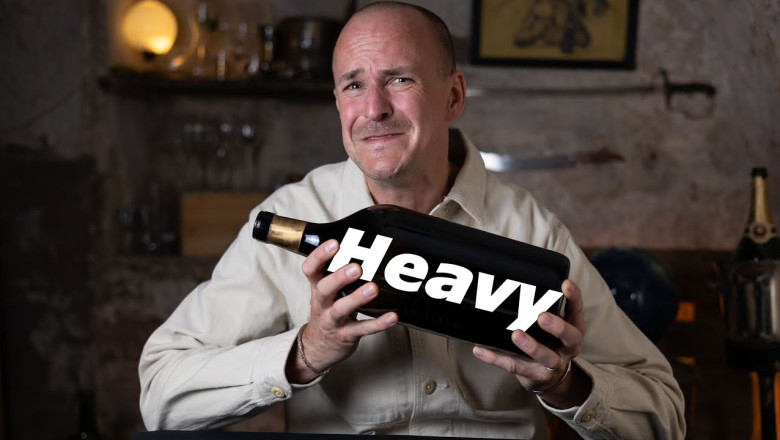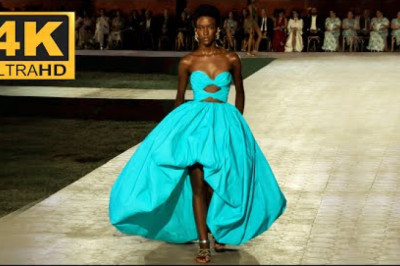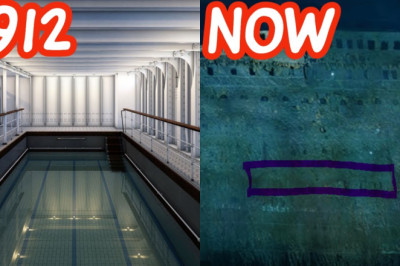
views
The BIG Problem in the WINE WORLD
The wine bottle was a glorious invention, as without it wine would not have become what it is today. Commercial glass bottle production started in the 17th century, and in the beginning, wine was often sold En Vrac – straight from the cask – with bottle owners bringing their different sized and shaped vessels to wineries waiting for them to be filled, straight from the barrel.
The estate bottling only became common practice in the 20th century and only since EU-regulations were passed in the 1970s did the 0,75l glass bottle become the standard wine bottle worldwide. Sizes varied widely before but 750 ml was apparently the lung capacity of a glass blower, and it is also a good amount of wine for a few people to share around a table.
The great advantage of glass bottles is that they are inert, meaning that they do not react with the wine and don’t allow gasses to pass through. That was not the case with the old alternatives such as Amphoras, barrels or leather bags. The glass bottle is, therefore, the only vessel that allows the winemaker to fill the wine at a desired maturity level and let it age in bottle for years, sometimes even decades – given that the closure doesn’t fail.
There are, however, issues with the glass bottle as well: It breaks, it is – depending on the market – not very often recycled. In the biggest wine market in the world – the US - for example only 30-40% of all glass bottles are recycled and wine bottles are hardly ever reused.
This means that it takes a lot of energy to make a wine bottle, if recycled, they have to be sorted and reheated – which again requires a lot of energy. This is one of the reasons why it would be nice if we could back in time to the area when people bought wine en Vrac, filling their own bottle at the shop or producer.
The most important issue is that Glass bottles are heavy. Transporting bottled wine is hard work as anyone knows who has carried a case home. Distributing it to the point of sale therefore requires a lot of energy and it can be – literally – backbreaking labor for the people loading and unloading trucks.
This is also why glass production and transport emissions contribute to 68 % of the whole CO2 Footprint – TWO-THIRDS of all emissions!. As glass bottles are heavy their transport produces far more CO2 Than alternatives like BIB or Cans. Additionally, its shape is inefficient, leaving a lot of empty space in a case.
There are other options: Cans, Tetra Packs, BIBs, and Plastic Bottles for example. They tend to be a lot lighter, easier to recycle, and don’t break as quickly. BiB and Tetra Packs can also be very efficiently packed. The issue though with all alternatives is that they have a fairly short shelf life.
Information from The Park, one of the largest commercial bottling plants in the UK showed that Cans, Plastik Bottles, and Bag in Boxes all had a shelf life of up to 12 months. Bag in Box is the only alternative container that actually plays a role in the market for wine at the moment with a market share of above 1 percent in several markets and some producers sell high-end BiBs – which generally is not the case for any other alternative.




















Comments
0 comment